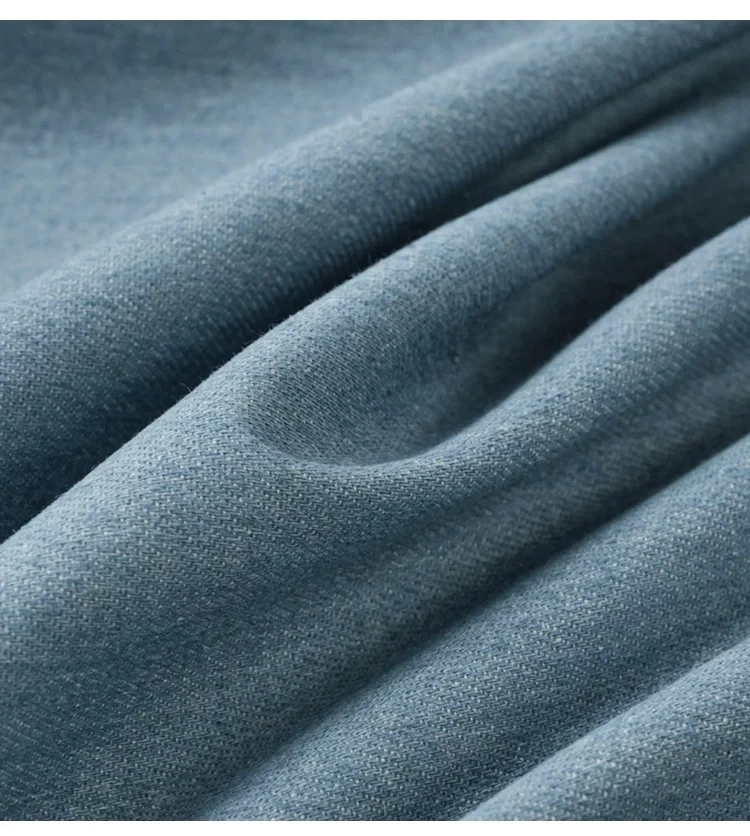pure indigo dye
The Rich History and Vibrant Appeal of Pure Indigo Dye
Indigo dye, often celebrated for its deep blue hue, has a rich history that spans thousands of years and various cultures worldwide. Derived from the leaves of the Indigofera plant, this dye holds significant historical and cultural significance, particularly in regions such as India, Africa, and Japan. The allure of pure indigo dye lies not only in its striking color but also in its intricate production process and its myriad uses across centuries.
The history of indigo dyeing can be traced back to ancient civilizations. Archaeologists have discovered remnants of indigo dye in Egyptian tombs, dating back to around 2500 BC. The dye's robust character and resistance to fading made it a prized commodity, ideal for textiles. In India, indigo dyeing emerged as a flourishing industry, with craftspeople developing sophisticated techniques for extracting and applying the dye. The traditional process, known as ' resist dyeing,' involves carefully binding fabric in specific patterns to preserve areas from the dye, resulting in intricate designs.
One of the most notable aspects of pure indigo dye is its unique color transformation process. When first extracted, the dye appears greenish-yellow, but upon exposure to air, it oxidizes and turns the characteristic deep blue. This mystical quality has fascinated dye artists for generations. In traditional dye houses, artisans still embrace time-honored methods, including fermentation and natural processes, making the journey from plant to pigment a labor of love.
Pure indigo dye is not just about aesthetics; it holds cultural significance as well. In many indigenous communities, it plays a role in rituals and ceremonies. For instance, in African cultures, indigo is often used to symbolize wealth and status, while in Japan, it represents purity and tranquility. The fabric dyed with indigo is sometimes seen as a protective element against evil and is highly prized for its beauty and durability.
pure indigo dye

With the rise of environmental consciousness, the demand for natural dyes such as indigo has surged. Unlike synthetic dyes, which can be harmful to both the environment and human health, pure indigo dye offers a sustainable alternative. Its production can be eco-friendly, especially when using traditional methods that rely on renewable resources. As consumers increasingly seek out organic and sustainable products, indigo's resurgence has paved the way for a growing market for artisanal textiles.
In contemporary fashion, pure indigo dye continues to captivate designers and consumers alike. From haute couture collections to everyday wear, designers are incorporating indigo-dyed fabrics into their lines, celebrating the timeless beauty of this natural dye. Denim jeans, often associated with indigo, have become a global staple, and the craft of indigo dyeing has been revitalized through new techniques and innovative designs.
The beauty of pure indigo dye lies in its versatility. From vibrant textiles to elegant home decor, the applications are endless. As craftspersons experiment with blending indigo dye with other materials and techniques, the options for creativity expand dramatically. Whether used in traditional applications or modern designs, indigo possesses an enduring charm that resonates with people around the globe.
In conclusion, pure indigo dye is more than just a color; it is a testament to human creativity and cultural heritage. Its ancient roots, vibrant application, and sustainable nature make it a fascinating subject that connects the past with the future. As we continue to rediscover the beauty of natural dyes, pure indigo stands out as a symbol of artistic expression, cultural significance, and environmental responsibility. Embracing pure indigo dye allows individuals to partake in a tradition that is as rich and deep as its alluring hue.
-
The Timeless Art of Denim Indigo Dye
NewsJul.01,2025
-
The Rise of Sulfur Dyed Denim
NewsJul.01,2025
-
The Rich Revival of the Best Indigo Dye
NewsJul.01,2025
-
The Enduring Strength of Sulphur Black
NewsJul.01,2025
-
The Ancient Art of Chinese Indigo Dye
NewsJul.01,2025
-
Industry Power of Indigo
NewsJul.01,2025
-
Black Sulfur is Leading the Next Wave
NewsJul.01,2025

Sulphur Black
1.Name: sulphur black; Sulfur Black; Sulphur Black 1;
2.Structure formula:
3.Molecule formula: C6H4N2O5
4.CAS No.: 1326-82-5
5.HS code: 32041911
6.Product specification:Appearance:black phosphorus flakes; black liquid

Bromo Indigo; Vat Bromo-Indigo; C.I.Vat Blue 5
1.Name: Bromo indigo; Vat bromo-indigo; C.I.Vat blue 5;
2.Structure formula:
3.Molecule formula: C16H6Br4N2O2
4.CAS No.: 2475-31-2
5.HS code: 3204151000 6.Major usage and instruction: Be mainly used to dye cotton fabrics.

Indigo Blue Vat Blue
1.Name: indigo blue,vat blue 1,
2.Structure formula:
3.Molecule formula: C16H10N2O2
4.. CAS No.: 482-89-3
5.Molecule weight: 262.62
6.HS code: 3204151000
7.Major usage and instruction: Be mainly used to dye cotton fabrics.

